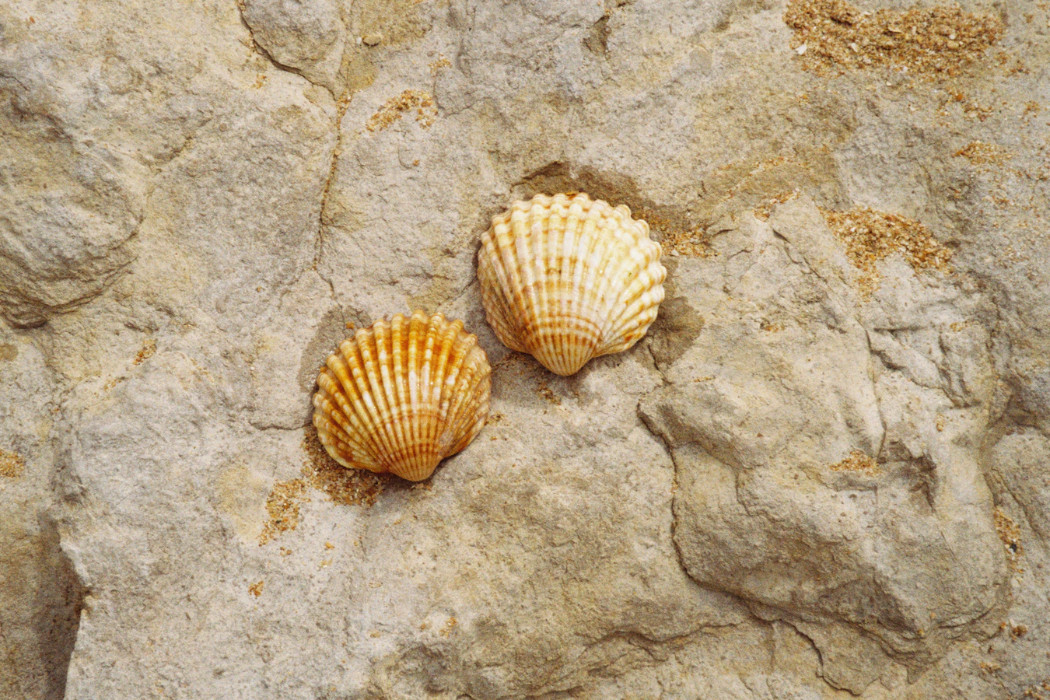Edgar Allan Poe- In his short-lived life of 40 years, Edgar Allan Poe has produced some ever-inspiring work like ‘The Raven’ and ‘The Tell-Tale Heart’. Poe was born in 1809 and was orphaned in early childhood. The sudden demise of his mother left a vague effect on the child’s mind, whose influence is seen to be reflected in his later works where he tends to unleash the mysteries of Gothic Literature pertaining to Heaven and Hell, God and Satan. Due to financial difficulties, Poe was dropped out from the University of Virginia. In 1831, Poe got popular on the basis of freshness in his works brought in by the introduction of Dark Romanticism through Gothic Literature. The sickness of his wife had a sore impact on the poet’s life and after her burial, Poe was devastated and felt back solely on writing poems. Poe was applauded for his work ‘The Raven’ in 1845 but was unrewarding in monetary terms. In 1849, Poe died in mysterious conditions leaving no certain cause of his death. He specialised in detective fiction genre and took the lead in inventing his works as Gothic Fiction.
Setting of The City in the Sea-
Renowned for introducing Gothic settings through his poems, the poet pertaining to the gloomy, mystical and whimsical atmosphere, succeeds in giving a dramatic satanic sense to the reader through the poem. Thus, the poem falls under the genre of Dark Romanticism due to the description of fictional and desolate events holding under the Forgotten realm of death. The poem is a fantasy glimpse retelling itself by an imaginative spirit of Romanticism.
Poetic Devices in The City in the Sea-
Alliteration:
The re-occurrence of same letter or sound to provide a close-knitted connection in-between words to the rhythm of the lines, as shown below:
“Far down within the dim West” (Line 3)
“No rays from the holy heaven come down” (Line 11)
“The viol, the violet, and the vine” (Line 23)
Metaphor:
The application of one object to another in a way that their operations look literally the same:
“Along that wilderness of glass” (Line 37) – The sea surface has been compared to an unstable glass.
Personification:
“LO! Death has reared himself a throne” (Line 1) – Death has been identified as a stately King who has saved himself a throne, referring towards a giant kingdom under control.
“While from a proud tower in the town” (Line 28) – The towers personify the sinister emotions of humans.
“Death looks gigantically down” (Line 29) – Death has been personified here as a proud king in his domain who is looking at his kingdom.
Anaphora:
Here the word up has been repeatedly used at the beginning of successive clauses.
“Up domes, up spires, up kingly halls,
Up fanes, up Babylon-like walls,
Up shadowy long-forgotten bowers” (Lines 17 – 19)
Style:
The poem is divided into four stanzas, employing tetrameter, comprising of four feet, each feet being iambic in nature. The first stanza comprises the iambic tetrameter pattern shown below:
“LO! Death…| has reared…| himself…| a throne…| (A)
In a strange city lying alone (A)
Far down within the dim West, (B)
Where the good and the bad and the worst and the best (B)
Have gone to their eternal rest. (B)
There shrines and palaces and towers (C)
(Time-eaten towers that tremble not) (D)
Resemble nothing that is ours. (C)
Around, by lifting, winds forgot, (D)
Resignedly beneath the sky. (E)
The melancholy waters lie.” (E)
The other second stanza is AABCBDDEEFFFGGHHII, third AABBCCDDEEFF, and the final, AABBCCDDEFEF.
Summary of The City in the Sea-
The poem signifies an imperative mood, personifying Death as a stately King who has “reared himself a throne.” The building-up of abstraction in the first stanza defines the distinction of Hell from Heaven. It portrays the unlikeliness of earthly architectural scenery to be found in the faint realm of Death. One which doesn’t resemble a celestial sphere, nor does it obey the rules laid down by Nature. The city “Far down within the dim West” positions the descent of life with the setting of the Sun, phrasing Death as in the Dark Ages. Further, the mentioning of West exemplifies rather a forgotten arena of ungodliness producing no hope in the form of light. There is a faint image under the sea as if the “shadows” and “turrets” are combined together which beautifies the imagination of the reader. He imagines “stone flowers” making their way to the towers and in their ability to intertwine music with flowers of “violet” and “vine” state an egregious example of combination between two distinct fine forms of nature – the music and the flowers. The articulation of the poet “resignedly beneath the sky, the melancholy waters lie” describes the dullness of inertia in life, giving way to the impending destruction by Death. Yet Death is capable enough to retain itself accepting the blackness of life and swallowing the pieces of hope. The light evolved by Death is hovering upright to the “Pinnacles’ from where Satan in his domain looks down to destruction created by him, through Death.
The third stanza is moralisation death caused by the greediness of wealth and pleasure. The poet says that though the dead bodies are surrounded by jewels, it doesn’t hamper with the decency of water. The horrifying effect in the vastness and depth of “the gaping graves” emphasises the spread of unpleasant emotions hidden under the “gaily-jewelled” dead bodies which seem to be drifted by sadness due to the lack of motion under the sea. There seem to be no awakening by the wind characterising a fatigue polish which covers the dead in such a way that it lends a ‘hideous’ nature to its serenity. The poem proclaims a departure of souls after a heavy life of voluptuous consumption.
In the fourth and last stanza, amid the monotony of obscurity, there the poet sees a stir in the air. The astonishing ‘movement’ converts dejection into destruction moving towers from their original placing. The unyielding has become weak enough to give in without resistance. The downfall is fatal and has created a deadly gap in the space. The territories are absorbed by the waves of the sea extracting not even a slightest stimulus from earth. The world is unaware to find the existence of a parallel universe ravishing under the sea.
Critical Analysis of The City in the Sea-
The city is hovering with aesthetics yet there seems a decline which is awaited by death. The poet writes of a dreamy fanatical arena with a description of the best form of architectural bliss, expected to be engulfed by the reddish waves in no time. The wealth and prosperity of the city have been washed away and the remains cause uneasiness to the reader. The sea is regarded as the metaphor of truth whose unaffected nature towards materialism stays calm against the rattling of jewels. The end is inevitable as Death keeps a track of the earthly activities of all humans.
Tone of The City in the Sea-
In the first stanza, the poet enlists the glorious surroundings in a serene manner, describing the city as one of the most praised and proud construction of nature. But as the stanza progresses, the tone of the poem becomes horrific declaring that we are always under the attention of Death. The poet sympathises with the dead that even their wealth could not save them from destruction and how their life got wasted running for the chase after prosperity while the end is same for both the rich and the poor. In the end, a movement prevails, presumably with a heavy thud that all powers of life collapse feebly with the call of death.
Conclusion- Edgar Allan Poe was the poet of imperative thinking basing not on mundane but by involving supernatural inkling to his works. The death of his mother and wife were undetermined situations which brought the sulkiness in his work. The melancholic mood of the poem exhibits that even though we are around the “happier sea”, the hideousness of death still prevails.
Some online learning platforms provide certifications, while others are designed to simply grow your skills in your personal and professional life. Including Masterclass and Coursera, here are our recommendations for the best online learning platforms you can sign up for today.
The 7 Best Online Learning Platforms of 2022
- Best Overall: Coursera
- Best for Niche Topics: Udemy
- Best for Creative Fields: Skillshare
- Best for Celebrity Lessons: MasterClass
- Best for STEM: EdX
- Best for Career Building: Udacity
- Best for Data Learning: Pluralsight
















